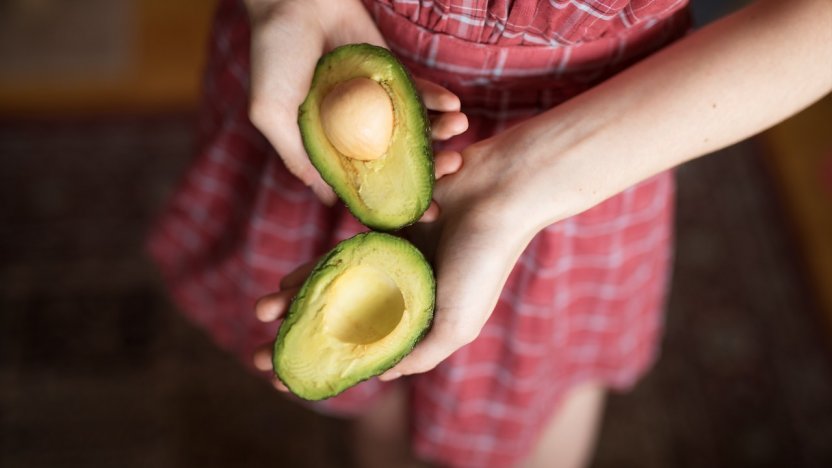Clothing giant Zara unsuccessful in food trademark case

Inditex, the parent company of trendy clothing brand Zara, has partially failed in its attempt to register an EU trademark to cover food products, restaurants and related services. In its December 2021 ruling, the EU General Court found mainly in favour of food producer Ffauf Italia, as Julia Schefman explains.
Likelihood of confusion between two marks is a fundamental ground of refusal for a trademark application in the EU, as set out in Article 8(1)(b) of the EU Trade Mark Regulation. In its December 2021 judgement, the EU General Court considered the topic in the context of a dispute between Inditex (owner of clothing company Zara) and Ffauf Italia, the latter having objected to Inditex’s attempt to register the trademark ‘Zara’ to cover food products, restaurants, and other such products and services.
How likelihood of confusion is assessed
Whether there is a risk of confusion between two marks comes down to a careful assessment of the degree of similarity between the signs, and the goods and services covered by them. That includes consideration of the public to whom the goods are directed; any visual, aural or conceptual similarity between the signs; the nature, intended purpose and method of use of the designated goods and services, and whether they are in competition or complementary to each other (Canon); and any additional factors, such as manufacturers, distribution channels and sales outlets.
As we have covered previously, ‘a lesser degree of similarity between the goods or services may be offset by a greater degree of similarity between the marks, and vice versa' (Canon KK v MGM). In such instances, an overall assessment is needed that takes into account all factors relevant to the circumstances of the case (Sabel v Puma).
Background to the Zara trademark dispute
In 2010, Inditex filed an application for a trademark registration of the word sign Zara in classes 29, 30, 31, 32, 35 and 43 (paragraph 3), covering a range of food stuffs, juices and condiments, as well as restaurants and retail/wholesale outlets.
Upon registration, Ffauf Italia filed a notice of opposition on the basis of 11 earlier marks, including the word mark ‘Le Delizie Zara’, which it had filed in 2003, and the figurative mark ‘Zara’, which it had filed in 2004 for its range of Italian products including pasta.
The dispute came before the Fourth and Fifth Board of Appeal repeatedly between 2010 and 2020, as the parties argued and appealed on the basis of likelihood of confusion, as well as the proof of genuine use.
In December 2021, the case came next to the EU General Court, which partially upheld the verdict of the Fourth Board of Appeal, confirming that there was indeed a likelihood of confusion between the products in Inditex’s application and those covered by the trademarks owned by Ffauf Italia.
The judgement of the General Court
Inditex had sought to argue that there was not genuine use of Ffauff’s figurative mark ‘Zara’ in relation to ‘dry pasta of Italian origin”’ and the word mark ‘Le Delizie Zara’ in relation to parts of Class 29 and 30. However, the General Court agreed with the Fourth Board of Appeal that genuine use was proven with regard to the figurative mark ‘Zara’ and that genuine use of ‘Le Delizie Zara’ in relation to Class 29 and 30 could not be challenged, for non-use, because that trademark was still in its grace period at the time of the case.
While Inditex was partially successful in fighting off Ffauf Italia’s opposition to its registration covering ‘fresh vegetables’ (class 31) and ‘fruit juices’ (class 32), the General Court decided, in line with the Fourth Board of Appeal, that there was a likelihood of confusion for the other registrations (under classes 29, 30, 35 and 43).
Ultimately, it decided that registration of the word sign ‘Zara’ should be refused as “consumers forming part of the relevant public” would establish a link between the new word sign ‘Zara’ and Ffauf’s existing trademarks. This was determined on the basis that the goods and services covered by the trademark were identical or similar to various extents; the marks are highly similar; and, lastly, on the facts that the relevant consumers would only display an average level of attention when purchasing the goods at hand.
For more information on this subject or for advice protecting and enforcing your trademarks, please speak to your Novagraaf attorney or contact us below.
Julia Schefman works in Novagraaf’s Knowledge Centre in Amsterdam.